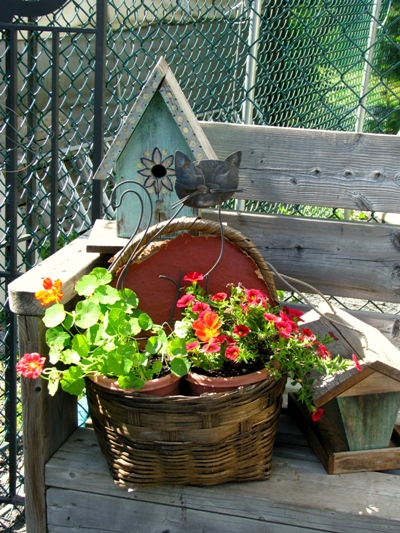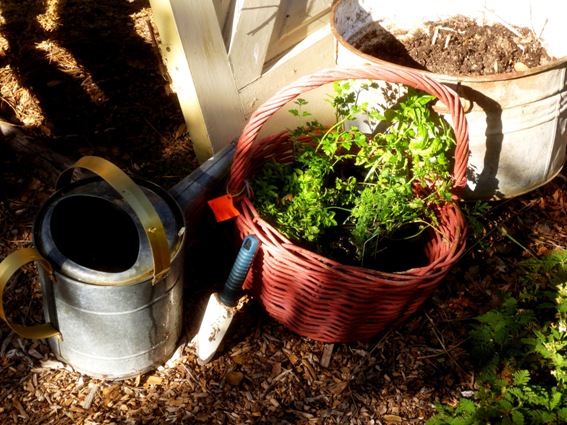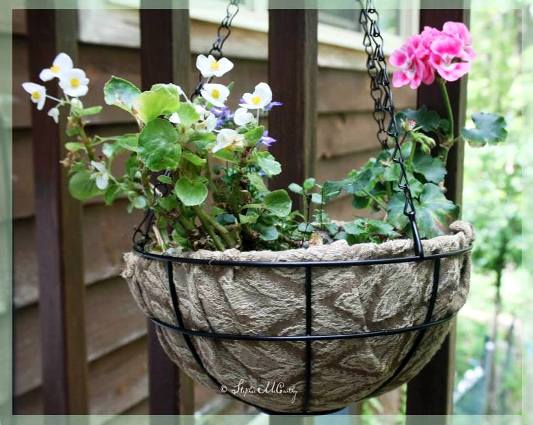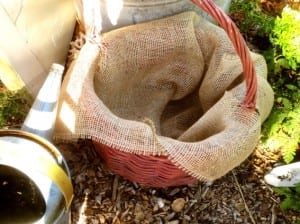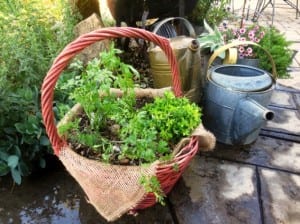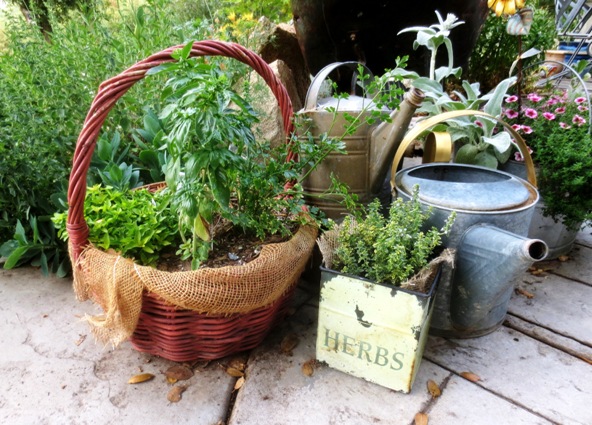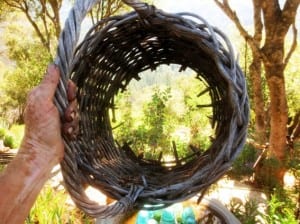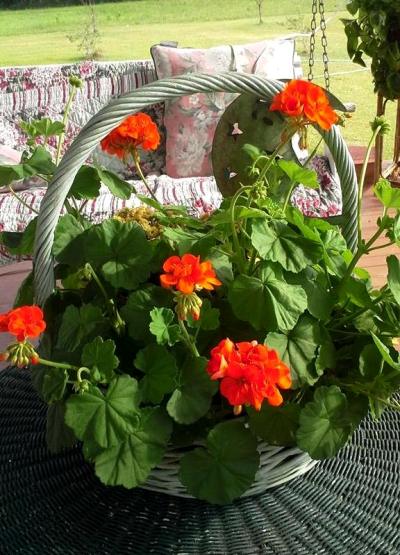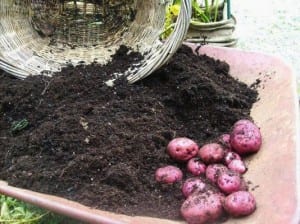Apple Hill is up the mountain from where I live now. It is so beautiful there, like a fairy tale.
A new ground-breaking peer-reviewed study has been published in Environmental Health Journal that shows the levels of glyphosate-based herbicides which the general public are commonly exposed to in drinking water, altered the gene function of over 4000 genes in the livers and kidneys of rats.
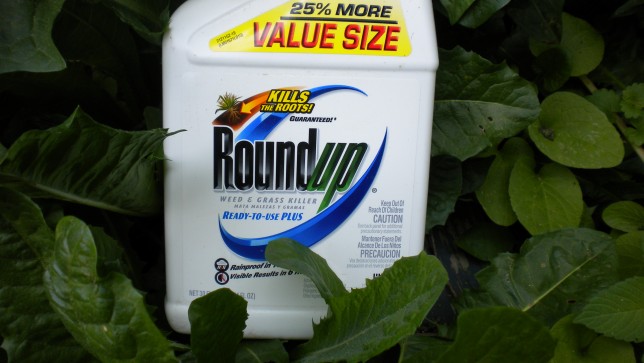
The study results suggest that long-term exposure to an ultra-low, environmental dose of Roundup at an glyphosate-equivalent concentration of only 50 ppt (parts per trillion), in an established laboratory animal toxicity model system, can result in liver and kidney damage, with potential significant health implications for humans as well as domesticated animal and wildlife populations.
The study performed by Dr. Michael Antoniou’s team at King’s College London was a followup investigation of the long-term (2-year) toxicity study in rats of Roundup conducted by Dr. Gilles-Eric Seralini and colleagues (Seralini et al., 2014).
The Seralini investigation administered a commercial Roundup formulation at 0.1 ppb (parts per billion)/50 ppt (parts per trillion) glyphosate via drinking water for 2 years. Analysis at an anatomical (organ) and blood/urine biochemical level suggested a higher incidence of liver and kidney damage in the Roundup treatment group compared to the control. Liver and kidney pathologies were also present in the control group due to the advanced age of the animals, but at a lower rate of incidence.
Different patterns of gene function; i.e., which genes are turned off or on and at what level, are known to underlie health and disease status of an organ system.
The new study by Dr. Antoniou’s team investigated whether heightened liver and kidney pathology observed at an anatomical and biochemical level was reflected in the gene expression pattern. Therefore the pattern of gene function (“transcriptome”) was analysed, by comparing liver and kidney tissues from the Roundup treatment group with those of the control animals.
Dr. Antoniou stated; “The findings of our study are very worrying as they confirm that a very low level of consumption of Roundup weedkiller over the long term can result in liver and kidney damage. Our results also suggest that regulators should re-consider the safety evaluation of glyphosate-based herbicides.”
Findings
- A distinct and consistant alteration in the pattern of gene function was found in both the liver and kidneys of the Roundup treatment group.
- A large number (over 4000) of genes were found to be either increased or decreased in function, with many (over 1300) being affected in both organs.
- These changes in gene function were consistent between animals and were highly statistically significant.
- A computational (‘bioinformatics’) analysis of the alterations in gene function linked these changes to numerous biochemical systems invloved in regulating gene expression, respiration, and disturbances in fat metabolism.
- The alterations in gene function were consistent with fibrosis (scarring), necrosis (areas of dead tissue), phospholipidosis (disturbed fat metabolism) and damage to mitochondria (the centres of respiration in cells).
- These changes correlate with and thus confirm observations of pathology made at an anatomical, histological (microscopic cellular) and blood/urine biochemical level.
Conclusions
- The glyphosate equivalent dose of Roundup administered in this study was half that permitted in drinking water in the European Union and Australia, and 14,000 times lower than that permitted in drinking water in the USA.
- The amount of glyphosate-equivalent Roundup consumed by the animals on a daily basis was many thousands of times below the regulatory set safety limits of glyphosate alone in all regions around the world.
- The observed liver and kidney pathologies may have arisen from glyphosate, the adjuvants present in the Roundup formulation, or a combination of the two.
- The mechanism by which the Roundup induced this heightened pathology is unknown, but given the extremely low dose at which these effects are observed, this could be through endocrine (hormone system) disruption.


 G
G




















